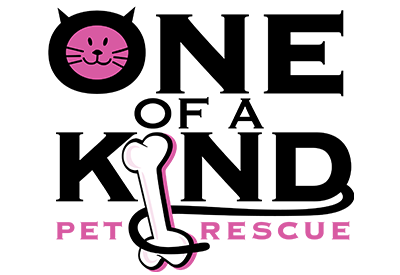The formation of hairballs is a common feline condition that’s brought on by self-grooming and the associated ingestion of hair. Cats, rabbits, cattle and even llamas can get hairballs! It might not be as glamorous as Christmas or as flashy as Halloween, but every year on the last Friday of April, it’s time for all cat owners to celebrate a very important holiday: National Hairball Awareness Day!
National Hairball Awareness Day serves as an annual reminder to learn a bit more about hairballs. During a cat’s grooming session, the little barbs on a cat’s tongue strips away dead undercoat hairs. The loosened hair can end up in the gut and travel through the entire digestive system.The amount of hair a typical cat swallows while grooming tends to vary. While some cats go their whole lives without coughing up a hairball, others aren’t so lucky.
If your cat is producing hairballs quite frequently or if you observe excessive gagging, coughing, hacking, vomiting, a loss of appetite, lethargy or unusual stool consistency it might be best to consult a veterinarian. Cats who frequently regurgitate their hairballs may have an underlying medical condition such as inflammatory bowel disease or even cancer according to the ASPCA.
Petroleum-based cat treats can help cats pass their hair by lubricating their digestive system to keep that hair moving. Some cat foods are specially designed to reduce hairballs by improving the skin and coat health. These foods are intended to reduce shedding and itchy skin. Make sure your feline friend is also drinking plenty of water as hydration tends to help keep the digestive tract in good shape.
